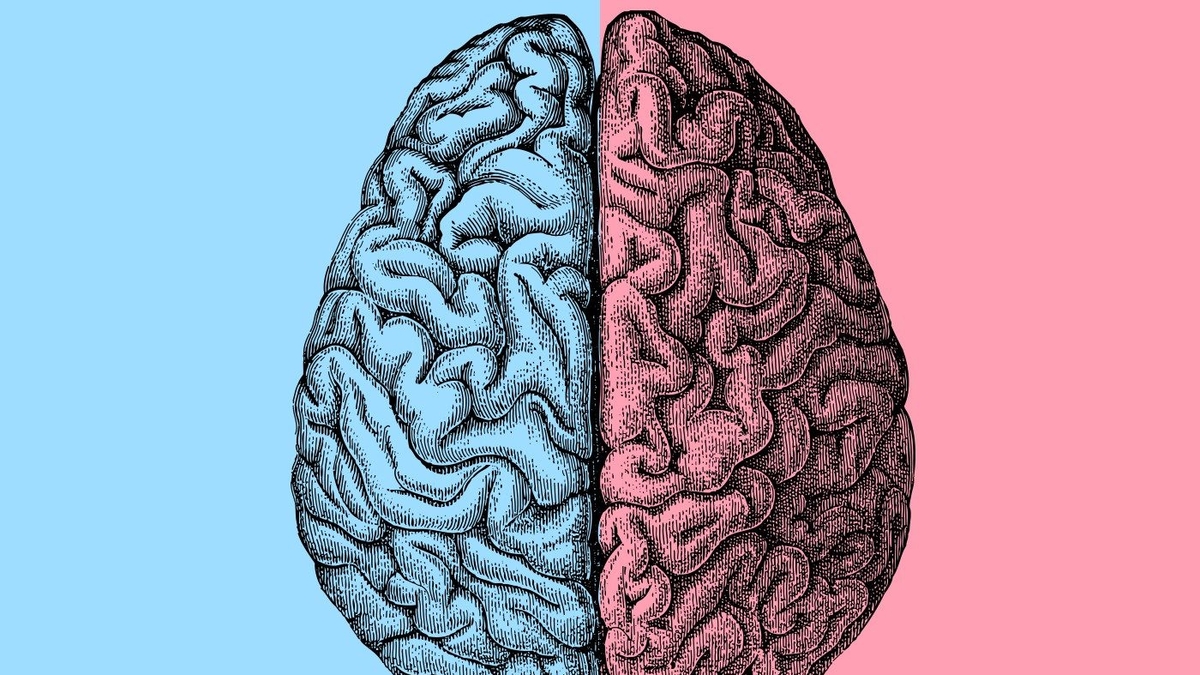
In a groundbreaking new study, researchers have used artificial intelligence (AI) to highlight differences in the brains of men and women. The study utilized dynamic functional connectivity fMRI, a technique used to record brain activity, and trained an AI model to analyze the data. The AI proved to be 90% accurate in distinguishing between the brain scans of men and women, underlining that there are indeed differences in male and female brain structures and functions.
AI Model Achieves Over 90% Accuracy
Developed by Stanford Medicine investigators, the AI model was over 90% successful at determining whether MRI scans of human brain activity were from a man or a woman. This level of accuracy significantly outperformed previous studies and marked a significant step forward in neuroscience. The purpose of the study was not only to confirm the existence of sex differences in the brain but also to understand sex-specific vulnerabilities in neurological and psychiatric disorders.
Identifying Key Brain Networks
The AI model used explainable AI to identify the brain networks that were most instrumental in distinguishing male brains from female ones. These networks included the default mode network, striatum, and limbic network, which are also involved in psychiatric disorders with sex-specific outcomes. The default mode network, for instance, is involved in processes like daydreaming, remembering the past, planning for the future, and decision-making. Striatum and limbic network are crucial for emotional processing and reward-related tasks.
Implications for Understanding Sex-Specific Vulnerabilities
The research underlined the importance of identifying consistent and replicable sex differences in the healthy adult brain. This is a critical step towards a deeper understanding of sex-specific vulnerabilities in psychiatric and neurological disorders. The findings of the study highlighted that sex is a robust determinant of human brain organization and that differences in how brains work between men and women can affect behavior. This has significant implications for predictive modeling and personalized medicine.
Public Availability of the AI Model
The researchers intend to make their AI model publicly available, offering a valuable tool for further research in neuroscience. Combining AI with dynamic MRI scans presents an innovative approach to identify subtle patterns in brain activity, and this could revolutionize our understanding of neuropsychiatric conditions. By making the model available to other researchers, the team at Stanford Medicine is paving the way for future breakthroughs in the field.
Concluding Remarks
In conclusion, the use of AI in studying the human brain provides substantial insights into sex differences in brain structure and function. Such advancements have the potential to significantly improve our understanding of sex-specific vulnerabilities in psychiatric and neurological disorders. By making their AI model publicly available, the team of researchers at Stanford Medicine is not only advancing the field of neuroscience but also potentially contributing to the development of personalized medicine.
